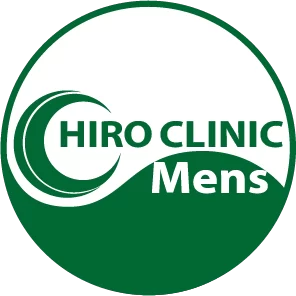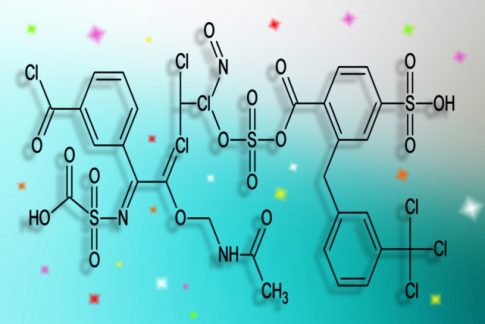AGA (male pattern baldness) is a common problem faced by many men. Traditional treatments include oral and topical medications and hair transplant surgery, but recently non-invasive treatments have been gaining attention. These treatments are promising options for those who wish to avoid surgery and minimize side effects. This article details the latest noninvasive treatments in AGA treatment.
1. Low power laser therapy (LLLT)
Low-Level Laser Therapy (LLLT) is a popular non-invasive method of AGA treatment; LLLT works by irradiating the scalp with light of a specific wavelength to stimulate hair matrix cells and improve blood flow.
Effectiveness: Clinical trials have confirmed that LLLT increases hair density and decreases hair loss.
Usage: The treatment can be easily performed at home by simply using a device such as a laser cap or hair band several times a week.
Advantages: non-invasive, painless, and with few side effects, allowing for long-term use.
2. Platelet-rich plasma (PRP) therapy
PRP therapy is a treatment in which plasma containing platelets extracted from the patient’s own blood is injected into the scalp.The platelets contain growth factors, which promote hair growth.
Effectiveness: PRP therapy has been shown to promote hair growth and improve hair root health.
Usage: Although it requires treatment at a medical institution, it is less invasive and a popular natural treatment method.
Advantages: Because it uses one’s own blood, there is a low risk of allergy or rejection.
3. Mesotherapy
Mesotherapy is a treatment in which a cocktail of vitamins, minerals, amino acids, and other nutrients are injected into the scalp. This promotes hair growth and improves scalp health.
Effectiveness: Mesotherapy has been shown to support hair growth and decrease hair loss.
Usage: Periodic medical procedures are required, but the injection method uses a micro-needle, so pain and discomfort are minimal.
Advantages: Nutrients are delivered directly to the scalp, resulting in immediate results and a healthy scalp environment.
4. Micro Needling
Micro needling is a treatment that uses the natural healing power of the scalp to stimulate hair growth by causing tiny wounds on the scalp with a microscopic needle. This process promotes collagen production and improves blood circulation.
Efficacy: Clinical trials have shown that micro needling promotes hair growth and decreases hair loss.
Usage: Generally performed at medical institutions, but home devices are also available.
Advantages: It is non-invasive and is expected to improve efficacy when used in combination with other treatments (e.g., minoxidil or PRP therapy).
5. Acoustic Wave Therapy
Sound wave therapy is a treatment that uses sound waves of a specific frequency to stimulate blood circulation in the scalp and support hair growth.The sound waves cause minute vibrations in the scalp, stimulating cellular activation.
Effectiveness: Sonic therapy has been shown to promote hair growth and prevent hair loss.
Usage: The device is applied to the scalp, making it easy to perform the treatment at home.
Advantages: non-invasive and has few side effects.
6. Nanopeptide Therapy
Nanopeptide therapy is a treatment in which nanocapsules containing growth factors and peptides are introduced into the scalp. This stimulates hair matrix cells and promotes hair growth.
Efficacy: Nanopeptide therapy increases hair density and improves hair thickness.
Usage: While treatment at a medical facility is common, products for home use are also available.
Advantages: Highly effective and safe to use with few side effects.
Summary
The latest non-invasive treatments in AGA treatment are increasingly effective, have fewer side effects, and are easier to perform.With many options available, including low-power laser therapy, PRP therapy, and mesotherapy, it is important to choose the best treatment for your individual needs and situation. By utilizing these treatments, you will be able to regain healthy hair and live your daily life with confidence.
As AGA treatment evolves, more non-invasive treatments are expected to emerge in the future. Keeping up to date with the latest information and finding the best treatment for you is the first step toward effective AGA control.











